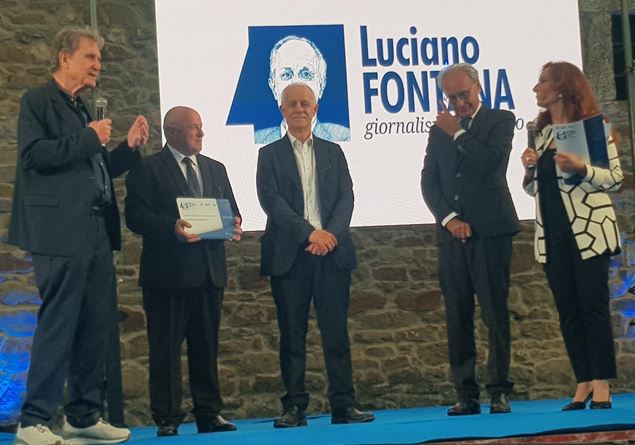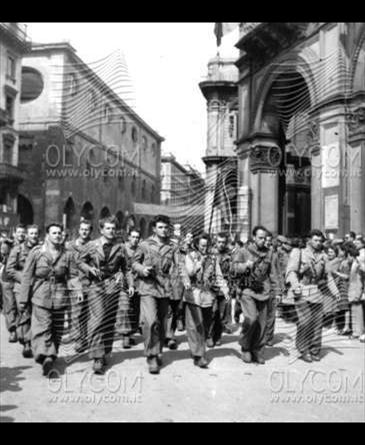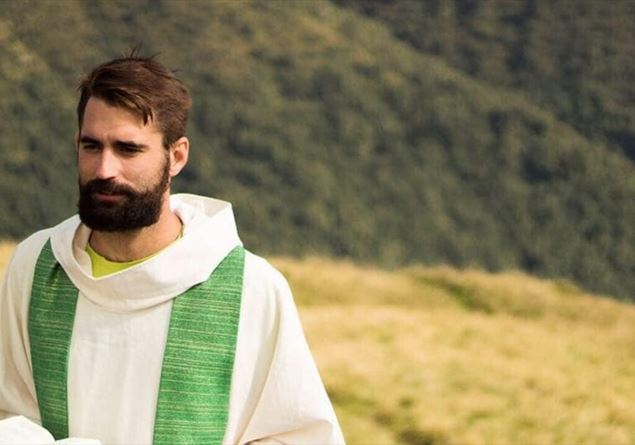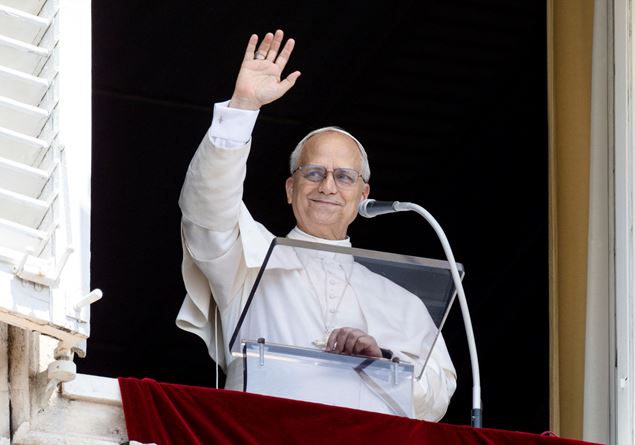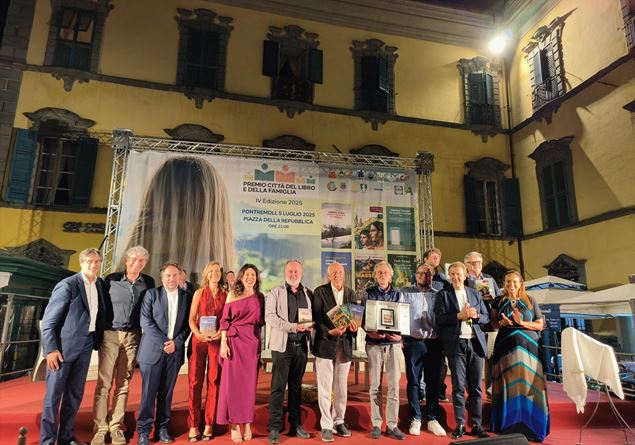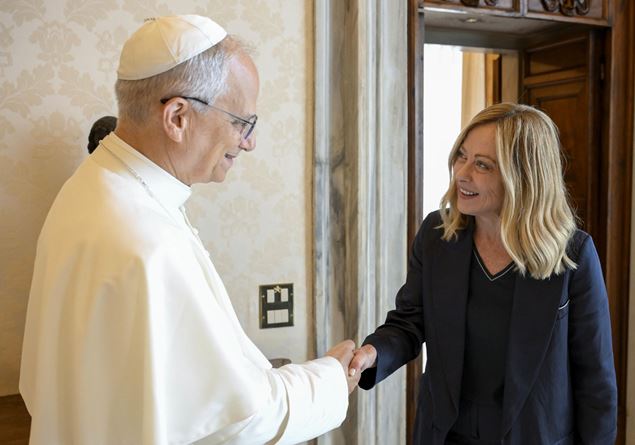“This April 25th has a particular value”, explains Marcello Flores, one of the greatest scholars of the Resistance and author, with Mimmo Franzinelli, of the volume The price of freedom. 40 lives broken by fascism (Laterza). «It is a collection of emblematic stories of men and women killed for their opposition to the Mussolini regime. Not monumental heroes, but ordinary people who have had the courage to say no ». For Flores “the term” resistance “today is also evoked in the current conflicts: we think of the Ukrainians who defend themselves from the Russian aggression, or to the Palestinians under Israeli attack. Without equalization, of course, but the word returns. In Italy, however, we live a paradox: for the first time, the political heirs of neo -fascism sit in the government. We will see how the 80 ° of the liberation will remember. Certainly, we can count on President Mattarella, expected in Genoa, city of the resistance gold medal. His speeches of the last few years have been among the most beautiful and profound ever pronounced on this theme ».
Is afraid that there can be a reductive or even revisionist approach from institutions?
«I hope that the government and the other offices of the state celebrated the anniversary in full compliance with the Constitution and the historical truth. But it is legitimate to ask questions. Especially in light of a trend widespread to put Republics and partisans on the same level. An operation that, in the name of a peaceful memory, ends up canceling every difference. But the black brigades were on the side of the Nazis and a dictatorial regime ».
Is there a historiography that endorses this equation?
«Not a serious historiography. True, in the post -war period there was a fascist narrative that tried to rehabilitate the social republic. I think of Giorgio Pisanò, of certain journalists involved directly in the facts that told the story from their point of view. Today, the trend is to minimize the military role of the resistance, stating that liberation was the exclusive merit of the allies. But, even strategically, resistance was fundamental. Generals as the supreme commander of the Allies in Europe Eisenhower and the Anglo -American on the north mission were recognized him: the partisans prevented the destruction of infrastructures, safeguarded ports and industries, slowed the German retreat “.
She moves the start of the partisan movement backwards.
«What we call resistance is actually a daughter not only of the war and 8 September, but also of a long previous path, which began well before the taking of power by Mussolini. Since the 1920s, some minorities began a courageous struggle against fascism, often paying with life. Our intent was to show that there is an ideal continuity, of behavior and attitude, between those who opposed the dawn of the twenty years and the partisans of the 1940s. We wanted to give a face to those martyrs, to demonstrate that resistance was not an isolated episode, but a mass movement, rooted in time and society “.
What role did the resistance of Catholics play?
«An important role. Many important personalities participated, and numerous brigades were an expression of the Catholic world. The Cold War, however, led to a double removal: by the sinister, who underlined their primacy, and by the Catholics themselves, who to keep the conservative world together preferred not to emphasize their contribution too much. But figures such as Paolo Emilio Taviani, Zaccagnini, Mattei or the same commander Aldo Gastaldi “Bisagno”, who led the Ligurian movement, demonstrate how extensive and activated that participation was. Only in the last twenty years has historiography return to the Catholic resistance the space it deserves “.
Can they quantify their weight compared to the other forces?
«Difficult to make a precise estimate: the composition of the partisan formations varied a lot from area to area. In some areas the green flames – of Catholic inspiration – were hegemonic. In others the Garibaldi brigades, of communist orientation prevailed. But the Catholic element was always present, even where it was not majority. The resistance was basically a plural laboratory, a time when different souls found themselves united by a common goal: freedom. Many priests have been partisans, including six gold medals. As many as 166 were killed by the Nazi -fascists. One for all: the Florentine Don Elio Munari, who wanted to become the chaplain of the partisan gangs. And we must not limit ourselves to the brigades: many young people sentenced to death, in the letters written before the execution, they quoted God, entrusted to prayer. That spirituality on the point of death shows that Catholic resistance was much wider than the numbers only tell us ».


